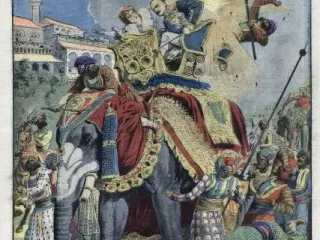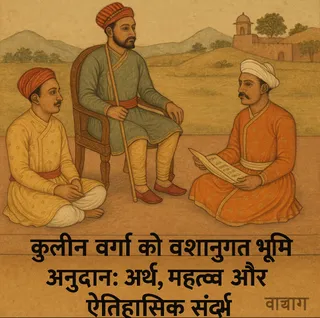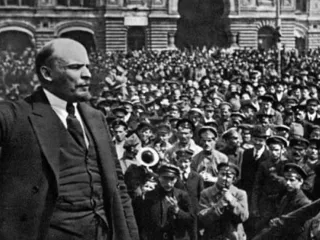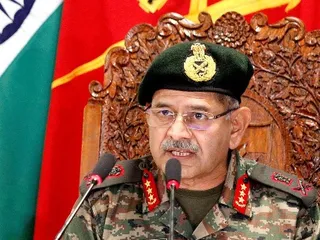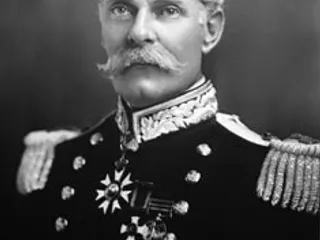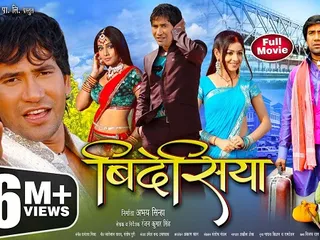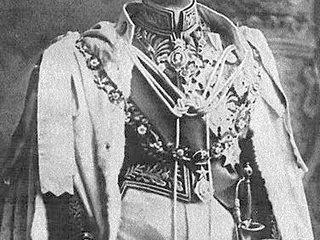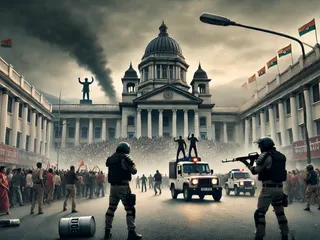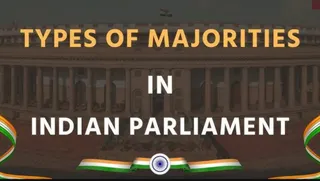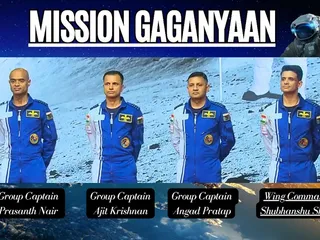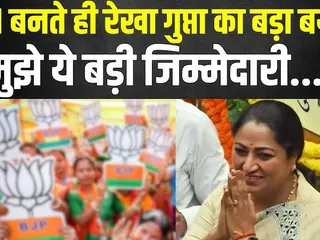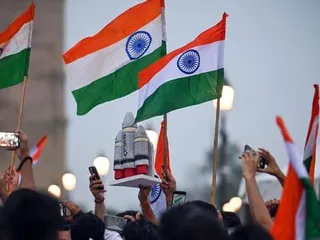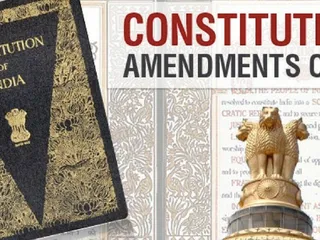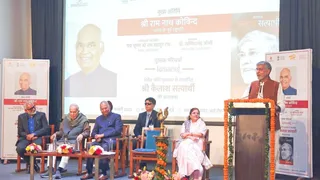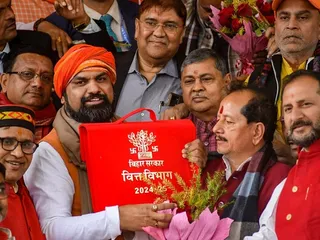The Maratha Empire, a significant power in 17th and 18th century India, stands as a testament to military prowess and political acumen. Emerging from a relatively small kingdom in the Deccan plateau, it rose to challenge the mighty Mughal Empire and briefly dominated much of India before its eventual fragmentation and decline.
The foundation of the Maratha Empire was laid by Shivaji Maharaj (1630-1680), a charismatic and brilliant military leader. He skillfully employed guerilla warfare tactics, utilizing the challenging terrain of the Western Ghats to his advantage. His strategic genius allowed him to carve out an independent kingdom from the weakening Mughal control, establishing a strong military force and administrative structure. Shivaji’s reign witnessed the development of a unique Maratha identity, fostering a sense of unity and loyalty among his followers.
After Shivaji's death, the empire continued to expand under the rule of the Peshwas, a hereditary title of Prime Minister. Baji Rao I (1720-1740), considered one of the greatest Maratha military commanders, significantly expanded the empire's territory through his skillful campaigns. His victories over the Mughals and other regional powers solidified the Maratha dominance in large parts of India. The Maratha army, renowned for its cavalry and effective strategies, proved formidable on the battlefield.
The peak of the Maratha Empire's power came during the reign of Balaji Baji Rao (1740-1761), who further consolidated the empire's administrative structures and maintained its military strength. However, internal conflicts and power struggles started to weaken the empire from within. The Third Battle of Panipat in 1761, a devastating defeat at the hands of the Afghan ruler Ahmad Shah Durrani, marked a significant turning point. This loss significantly weakened the Maratha military and political power.
Following Panipat, the Maratha Empire fragmented into various regional powers, leading to a period of internal conflict and decline. The Peshwas lost much of their authority, and various Maratha chiefs asserted their independence. The growing influence of the British East India Company further exacerbated the situation, culminating in the final downfall of the Maratha power at the hands of the British in the early 19th century.
Despite its ultimate decline, the Maratha Empire left a significant legacy on Indian history. Its impact is seen in its administrative innovations, military strategies, and the lasting cultural contributions it made to Indian society. The legacy of Shivaji Maharaj continues to inspire many, symbolizing resistance and self-determination. The study of the Maratha Empire offers crucial insights into 18th-century India, showcasing the complex interplay of power, politics, and warfare during a period of significant change.






